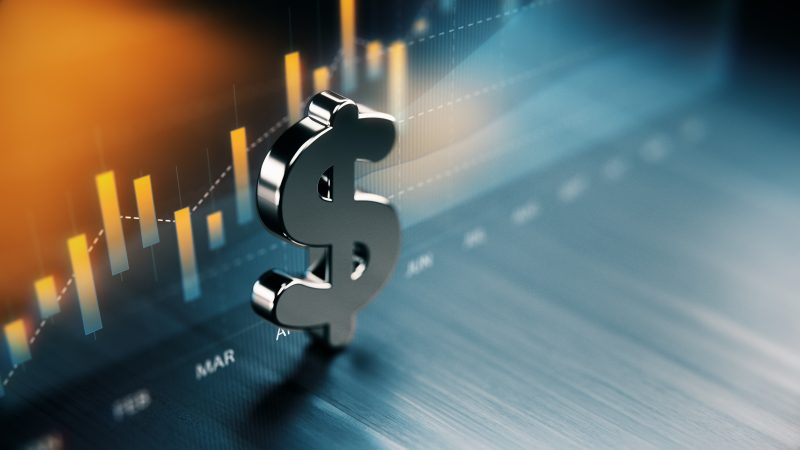Inflation and the Art of Bad News
Many forecasts expect inflation to quickly subside. The Fed’s latest projection was for annual inflation to fall from over 5% at the end of 2022 to about 2.5% by the end of 2023.
At this point, we’re not taking the Fed’s projections seriously, and for good reason. They were spectacularly wrong when a depth of understanding and insight into critical future events was essential. In other words, the understanding of how the economy works, the Fed’s ability to predict the effects of economic shocks, and its policy actions have gotten no better over the last 50 years.
It’s Opposite Day
A better bet is that whatever the Fed is saying now, count on something else happening.
A more accurate inflation assessment is to understand expectations. More specifically, price stability doesn’t seem to be coming anytime soon because people simply don’t think it will. If we look at the combination of rising wages and inflation expectations for both consumers and businesses, it is these expectations that drive inflationary pressures more than central bank policy.
Inflationary psychology has a nasty way of permeating business and personal expenditure decisions, becoming more entrenched than any central bank believes.
In other words, inflation is a self-realizing prophecy as much as anything else.
The Good, the Bad, and the Belief
As if this point needs to be proven, the bad news keeps coming. Currently, inflation is more than 9% annually (levels not seen since the 1980s) and we continue to have “inflation surprises” constantly. After a while, we must realize that if we are being “surprised” regularly, they should no longer be considered surprises.
Consumers have gotten this message more clearly than the central banks. Consumer confidence is low, inflation expectations are high, and indicators ranging from housing to manufacturing output suggest that economic growth is slowing sharply while prices continue to stay at unacceptable levels.
Rigorous analysis, enlightened policy, and knowledgeable insight – all things that the Fed and other central banks allegedly possess – have gone wanting, and the global economy is suffering as a result. It does not seem that suffering is going to end anytime soon.
Expectations Lead
Workers are beginning to bargain for higher wages, pressuring additional price increases as firms pass on these extra costs. Wages are being indexed to inflation, and at 9% annually, that is an ugly bill that ultimately consumers will pay. All this reflects expectations for higher prices, and this spiral is much stickier than the “transitory” nature that central banks were planning (and hoping) would happen.
Companies’ inflation expectations are consistent with consumer expectations for higher prices over the longer term. That is another footing in the foundation of higher and more sustainable inflation, almost independent of central bank policy. At this point, while customers may be less willing to tolerate price increases, some of these elevated costs will be passed on.
So, it’s not as if consumer inflation will be reduced because businesses will merely absorb price increases. The overall combination is pointing to an extremely unattractive scenario: stagflation.
Stagnation, Anyone?
Supply chain disruptions have certainly created gluts in some areas. There has been some analysis that says there may be deflationary pressures more than inflationary pressures. While supply chain disruptions, overreaction, and oversupply impact pockets of manufacturing and consumer activity, overall inflation levels, lower economic growth, higher wage demands, and higher costs will be passed to consumers. The overall effect will spiral into inflationary pressure that pockets of oversupply simply cannot counterbalance.
Hope Over Experience
The hope for lower inflation is connected to supply chain disruptions that drove the initial inflationary surge in 2021. While there is some evidence of a reversal – the cost of shipping has fallen by 25% in the last three months, retailers that spent excessively to build inventories are now cutting prices to move stock, and auto manufacturers have increased production softening some of the used vehicle price spikes seen last year – that is encouraging, it is not enough to mitigate an overwhelming inflationary trend.
These examples of falling prices could counterbalance inflationary pressures and give central banks some time to be more methodical and thoughtful. Perhaps financial markets can rebound if expectations change. But too many indicators and inflationary expectations point the other way.
Inflation levels will be stickier than first theorized by the Fed, and the time to resolution is likely longer. Expect more “surprises” that will be no surprise.

